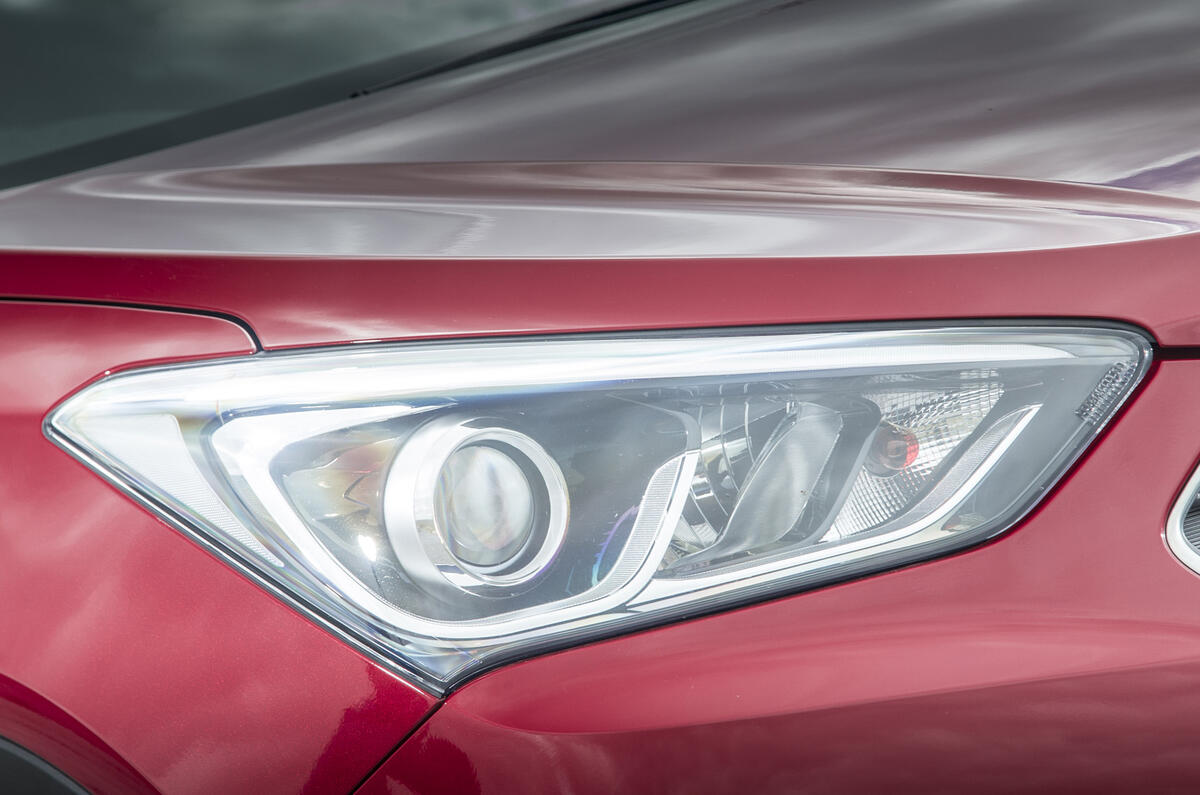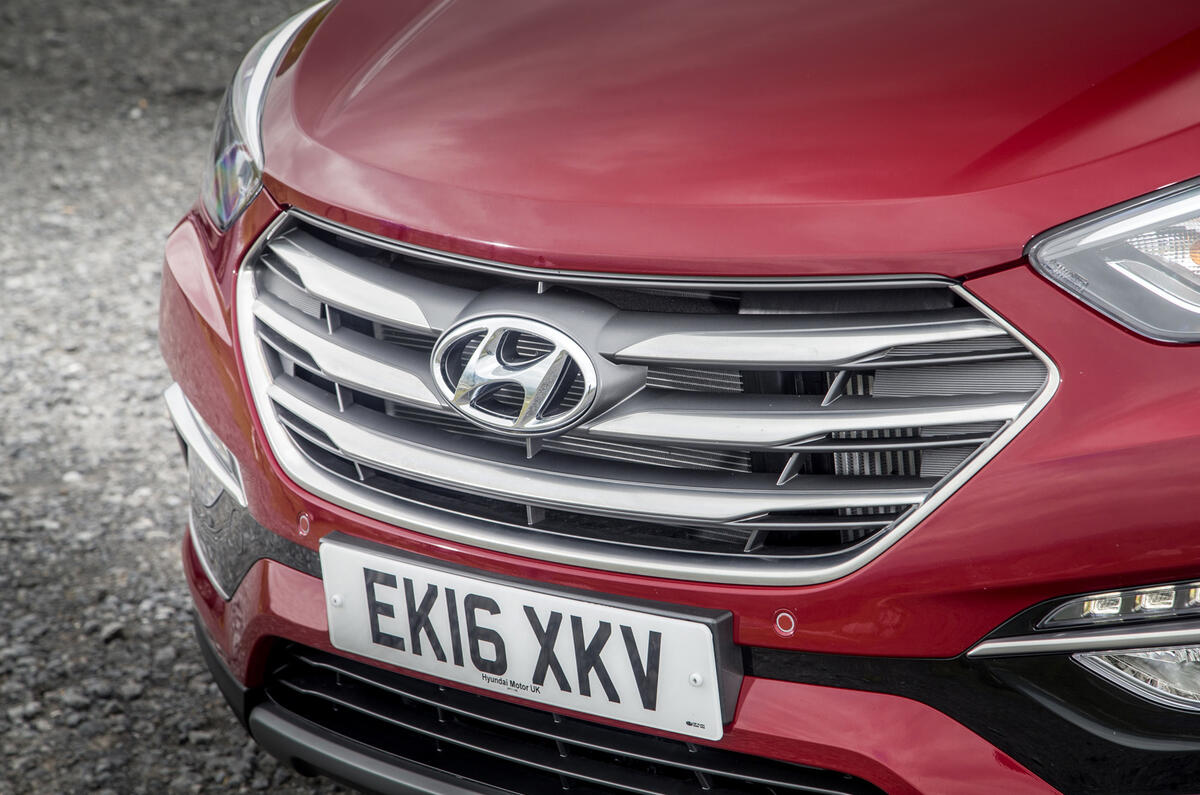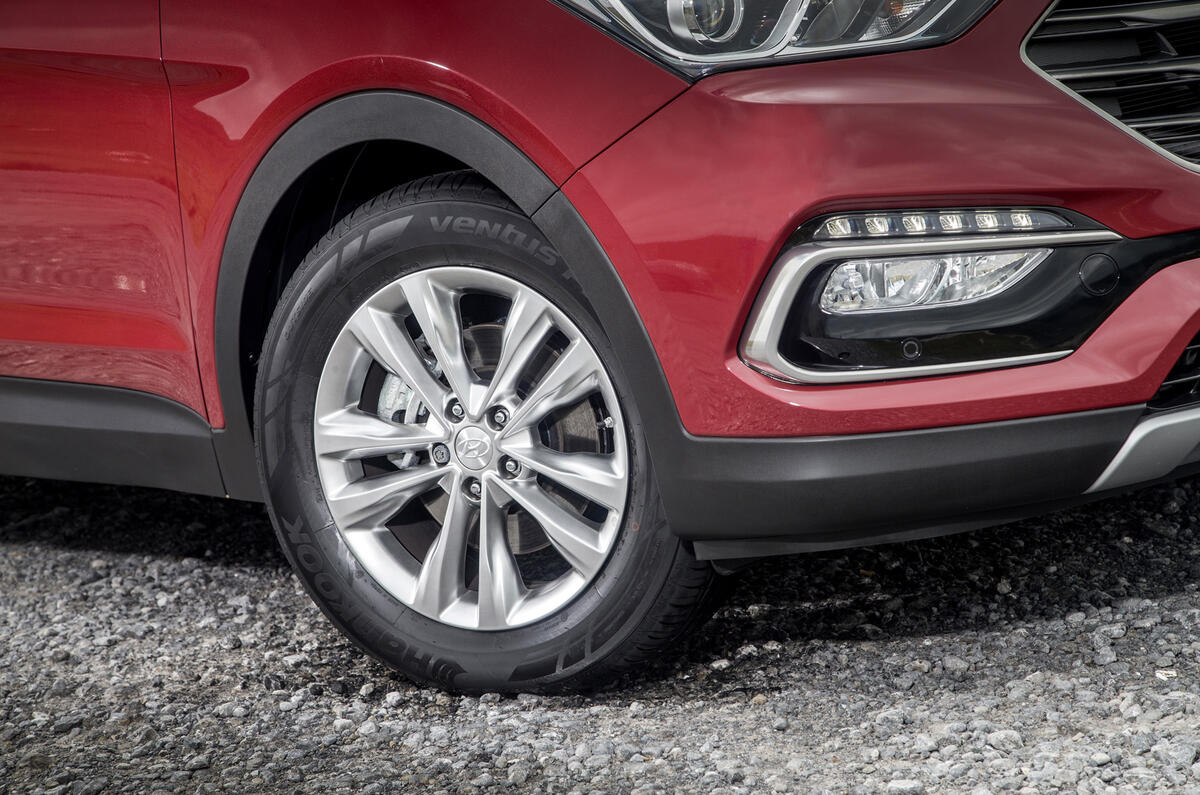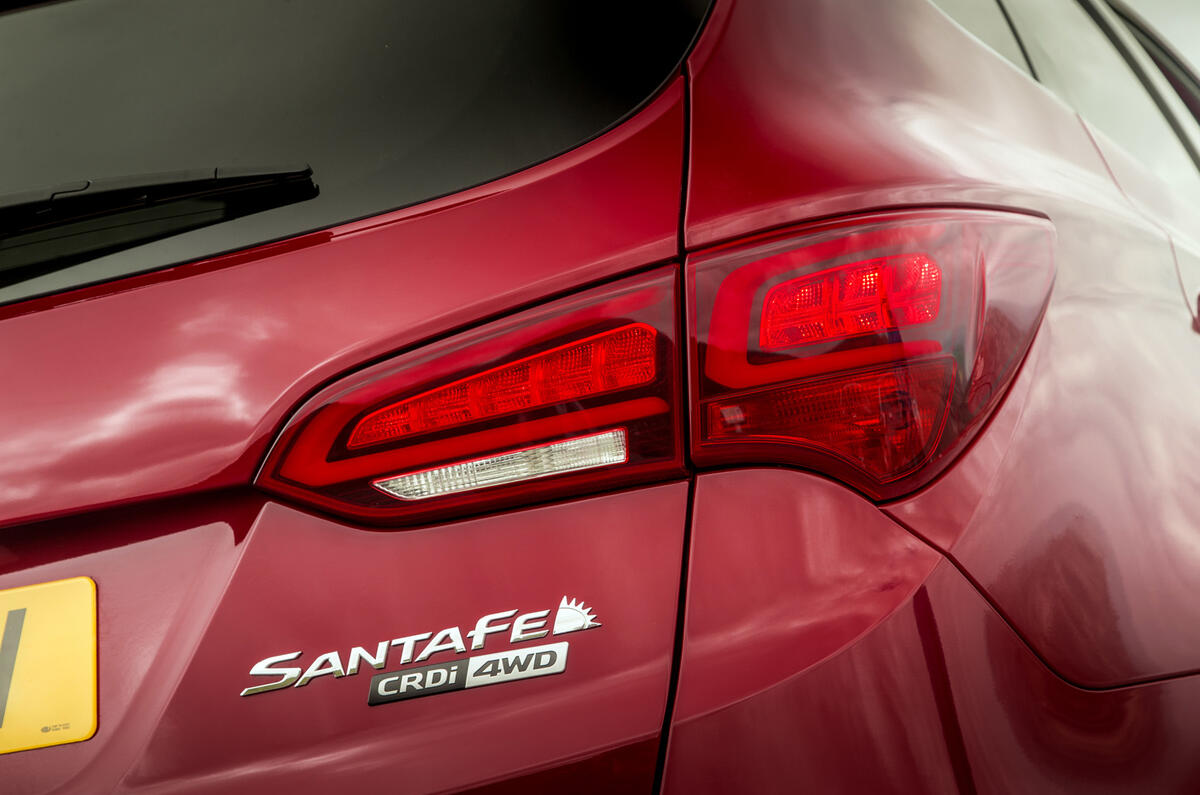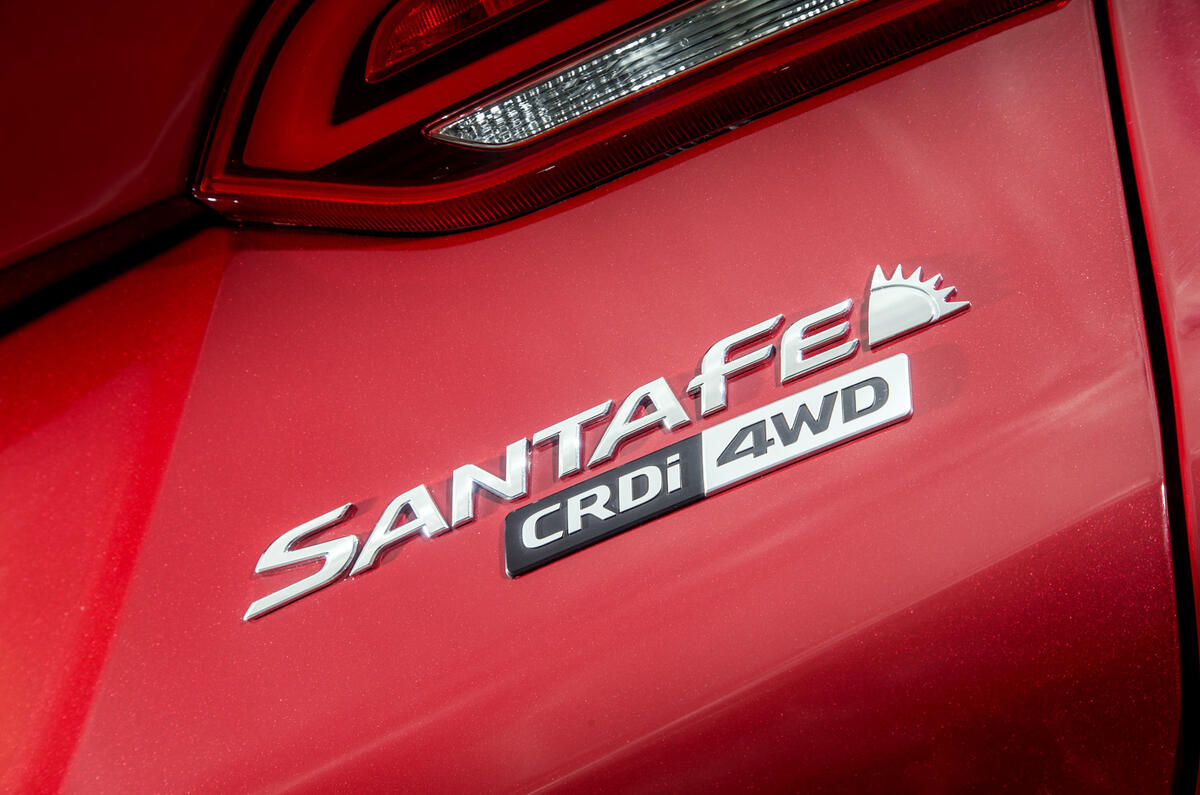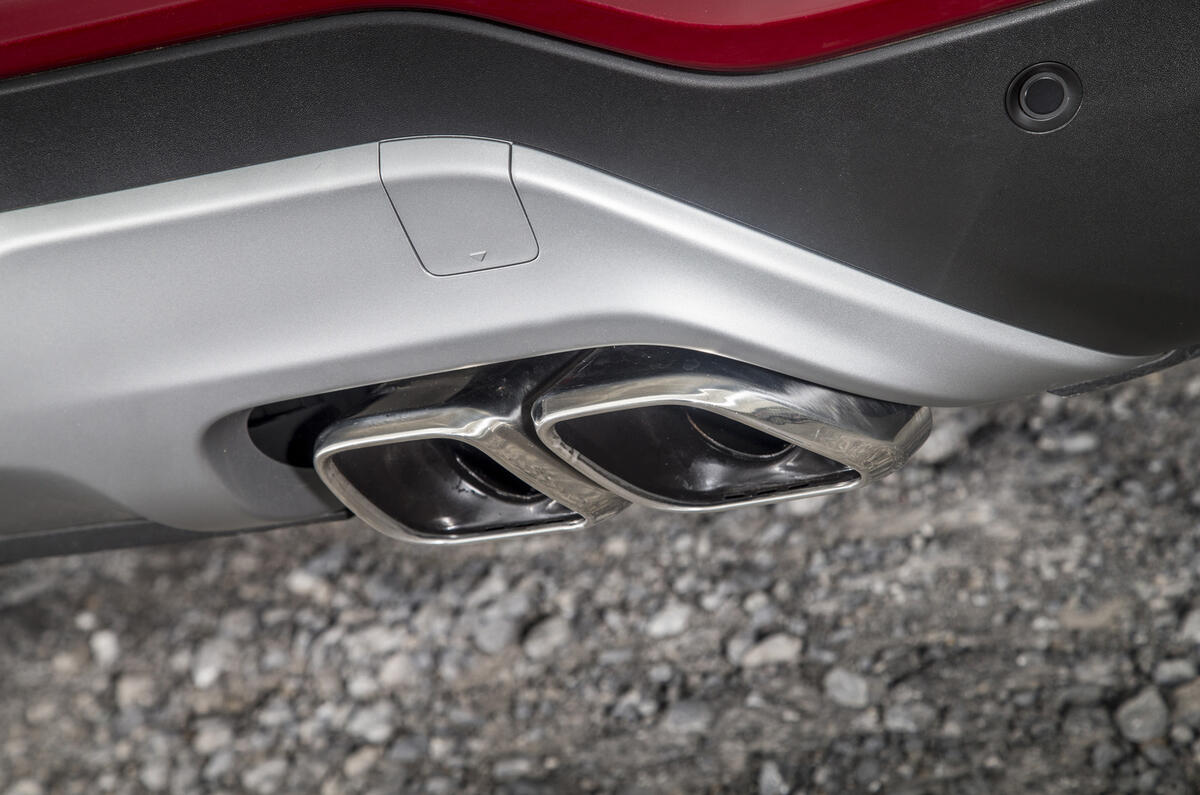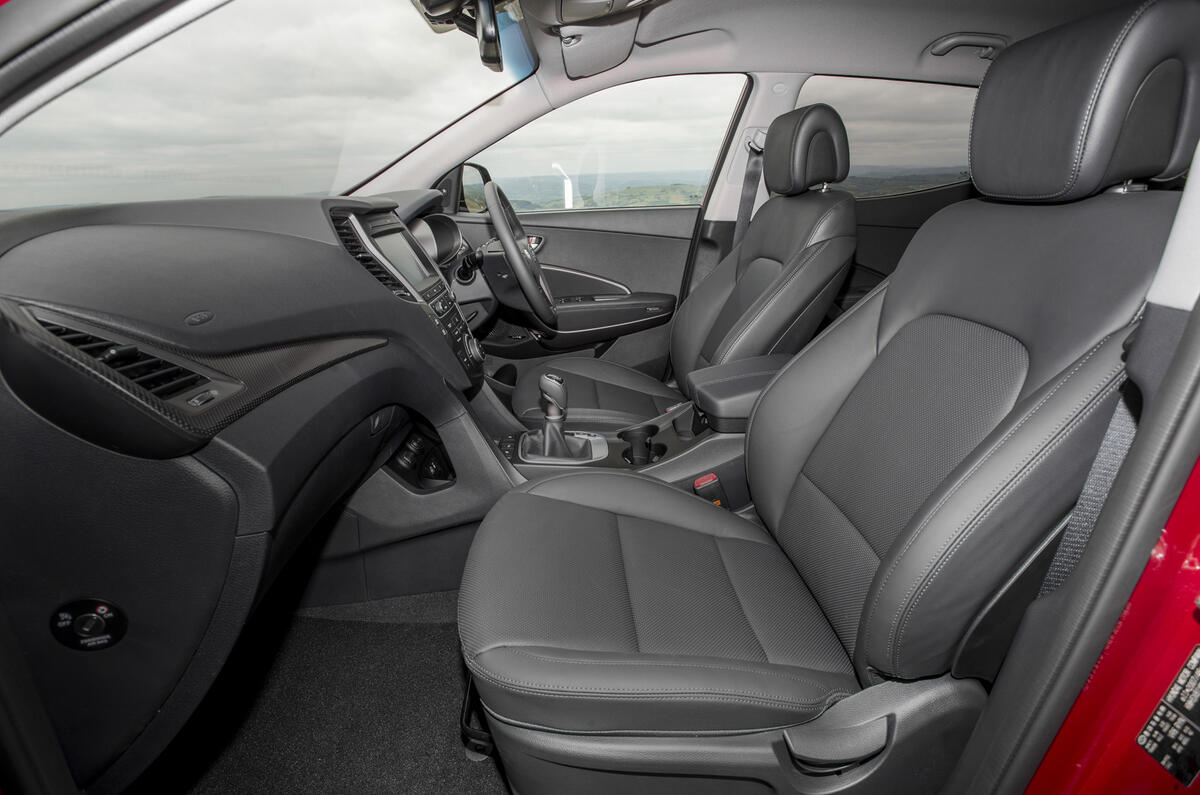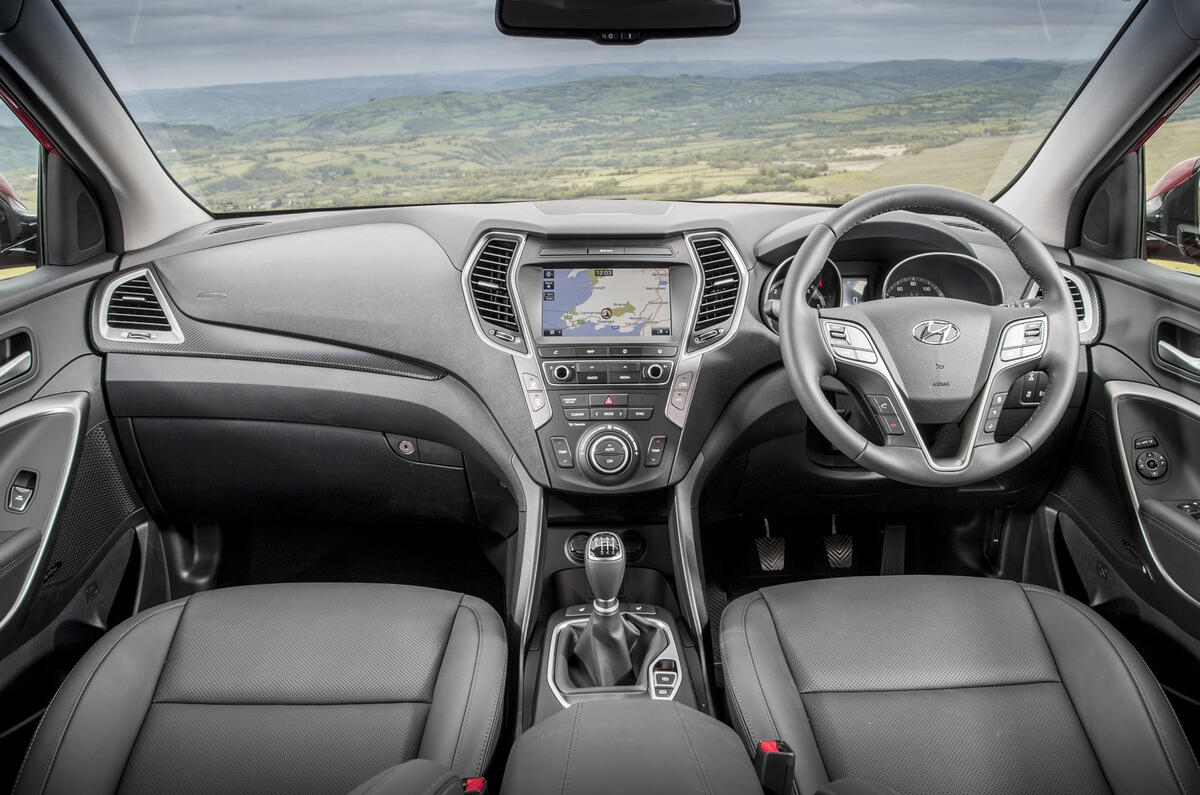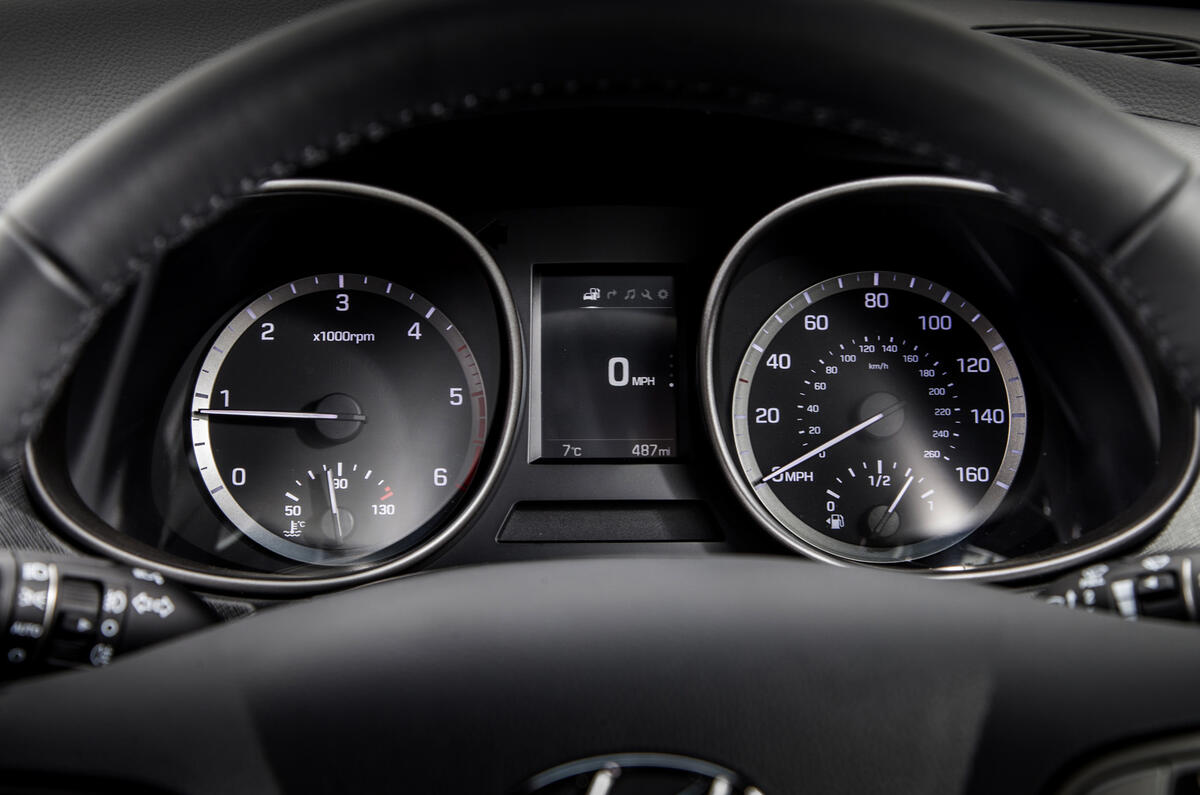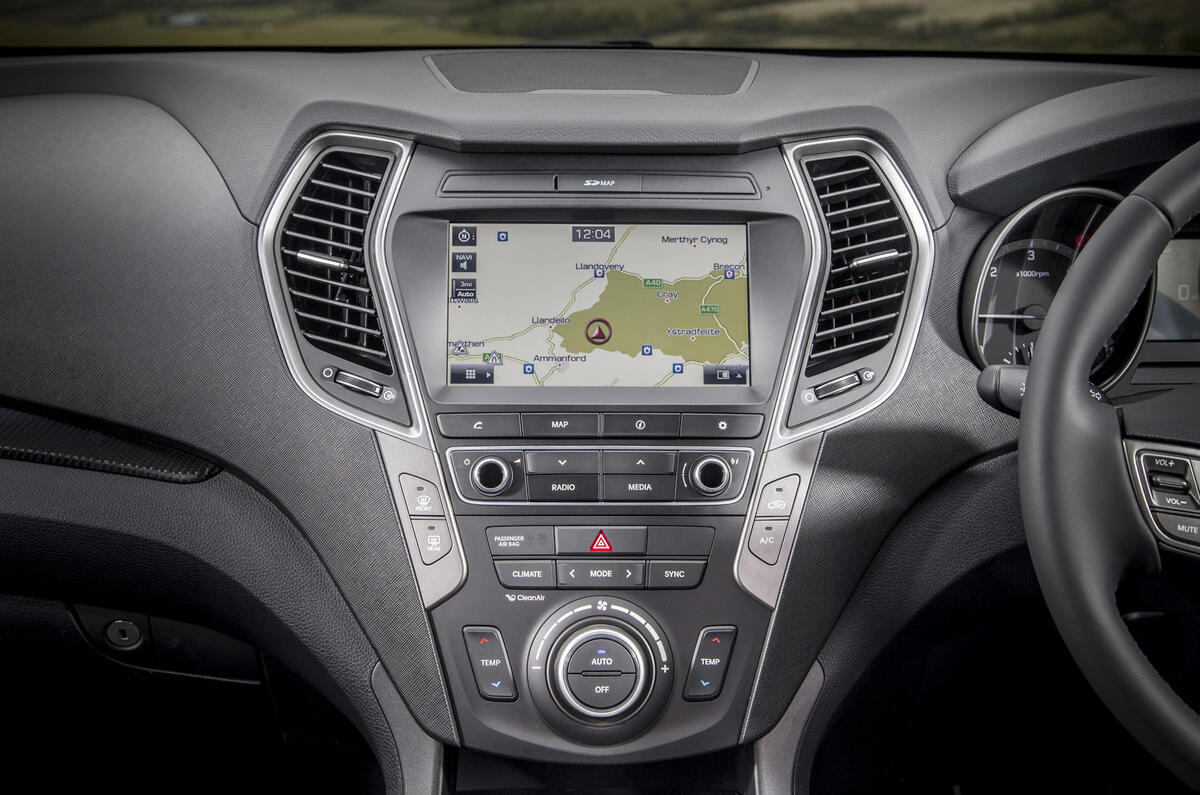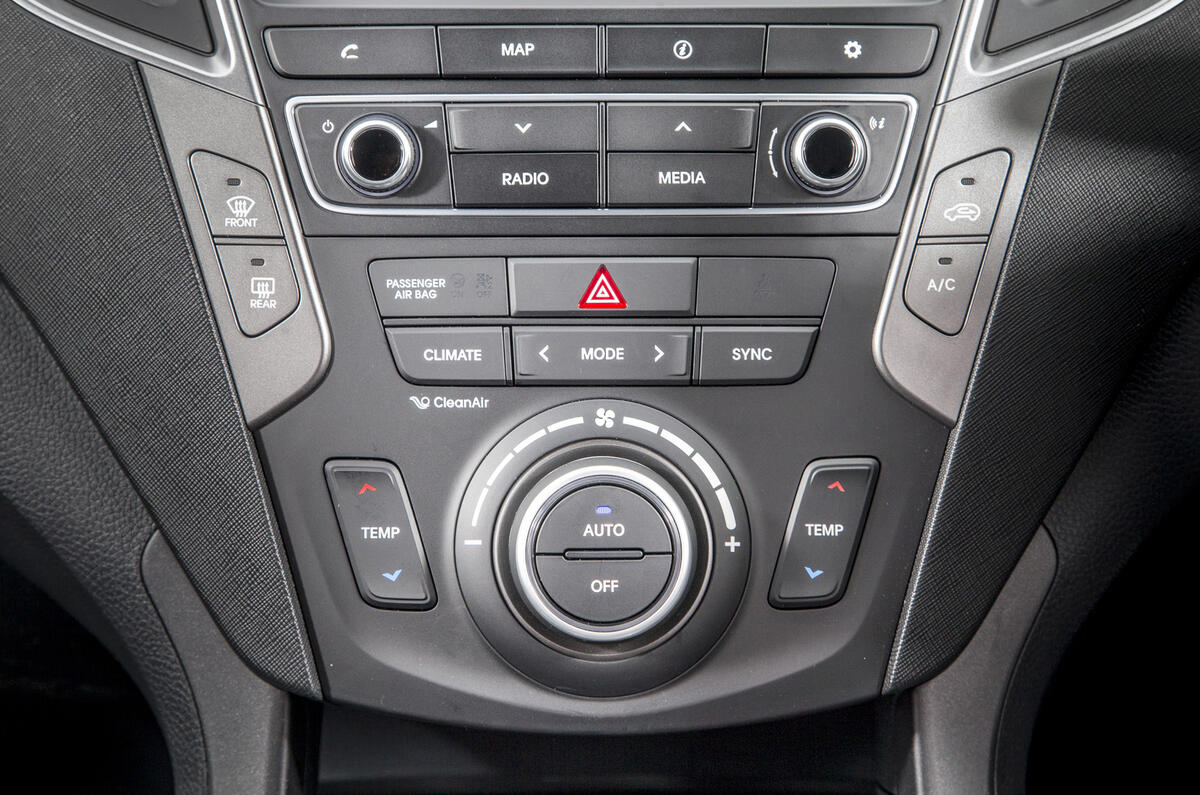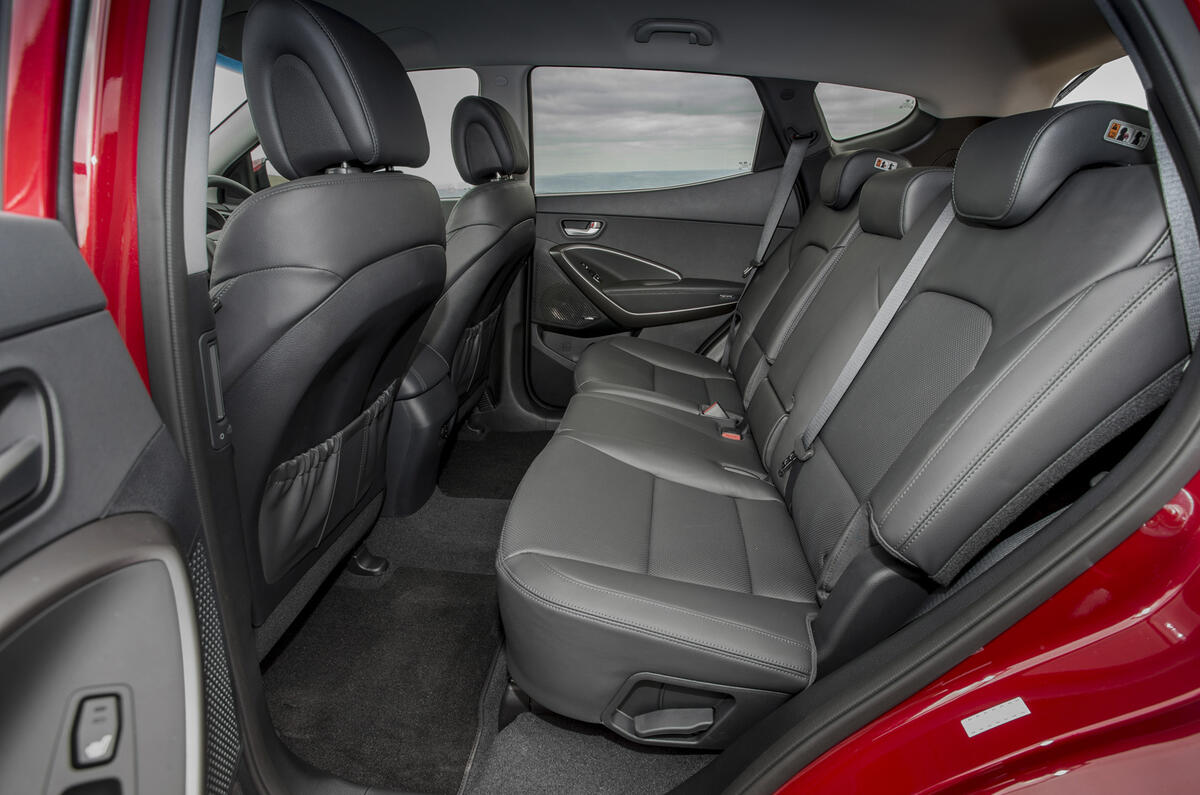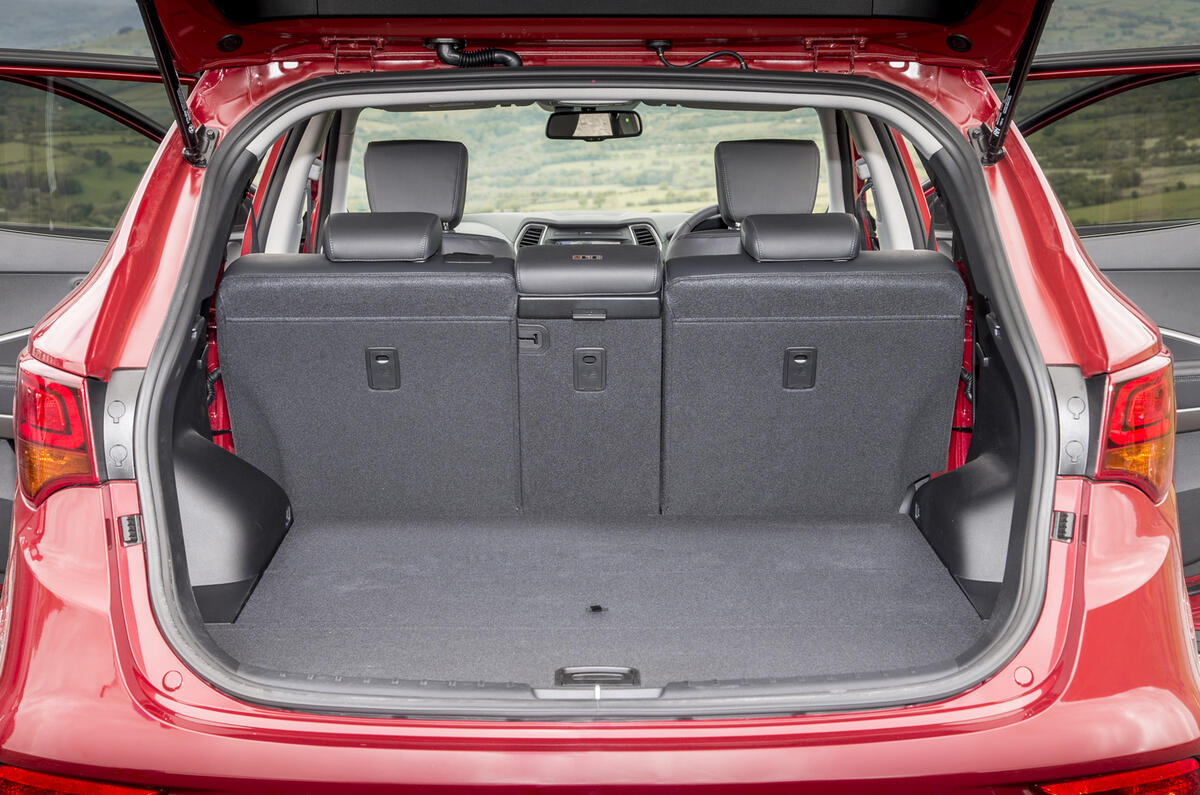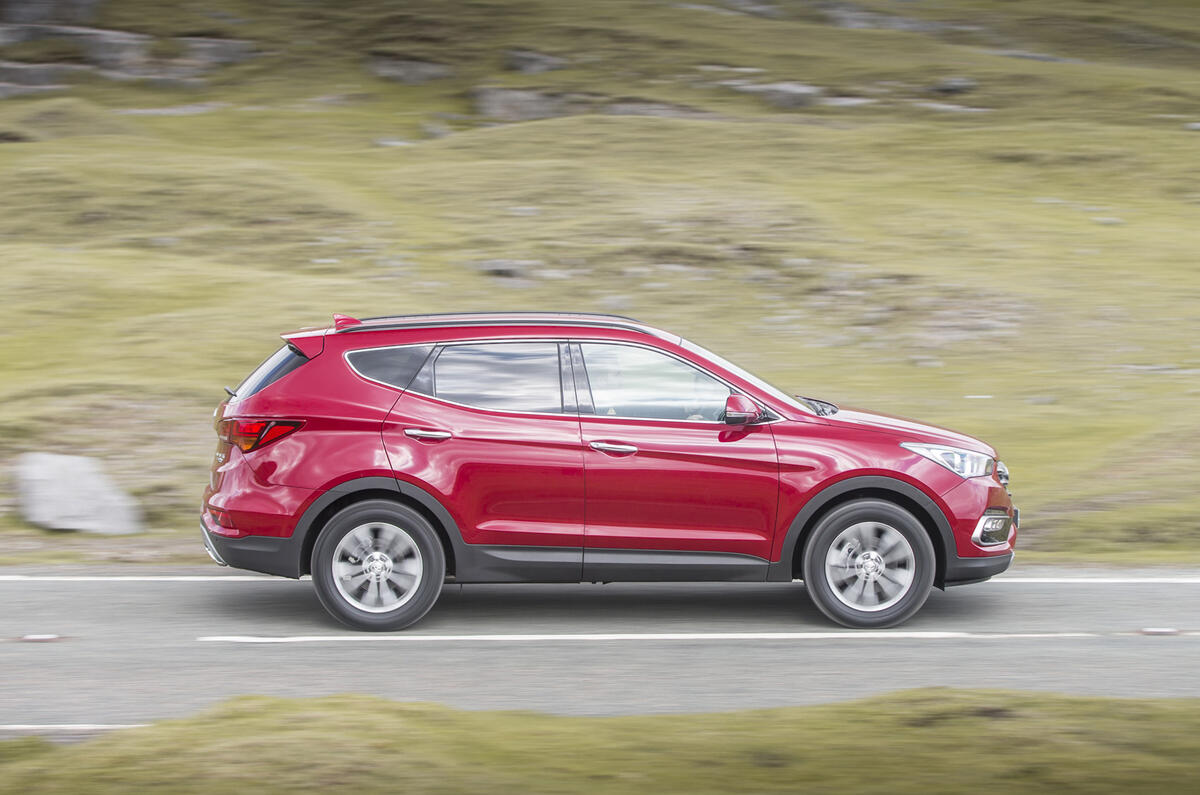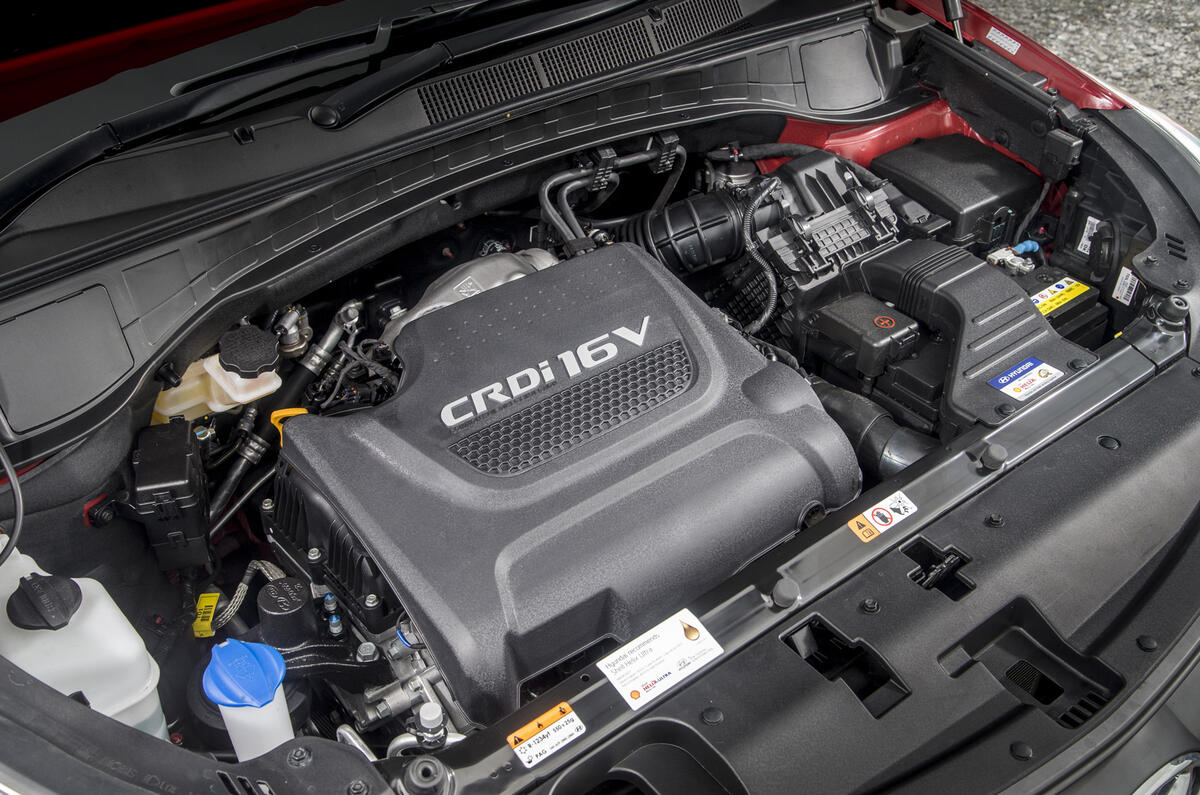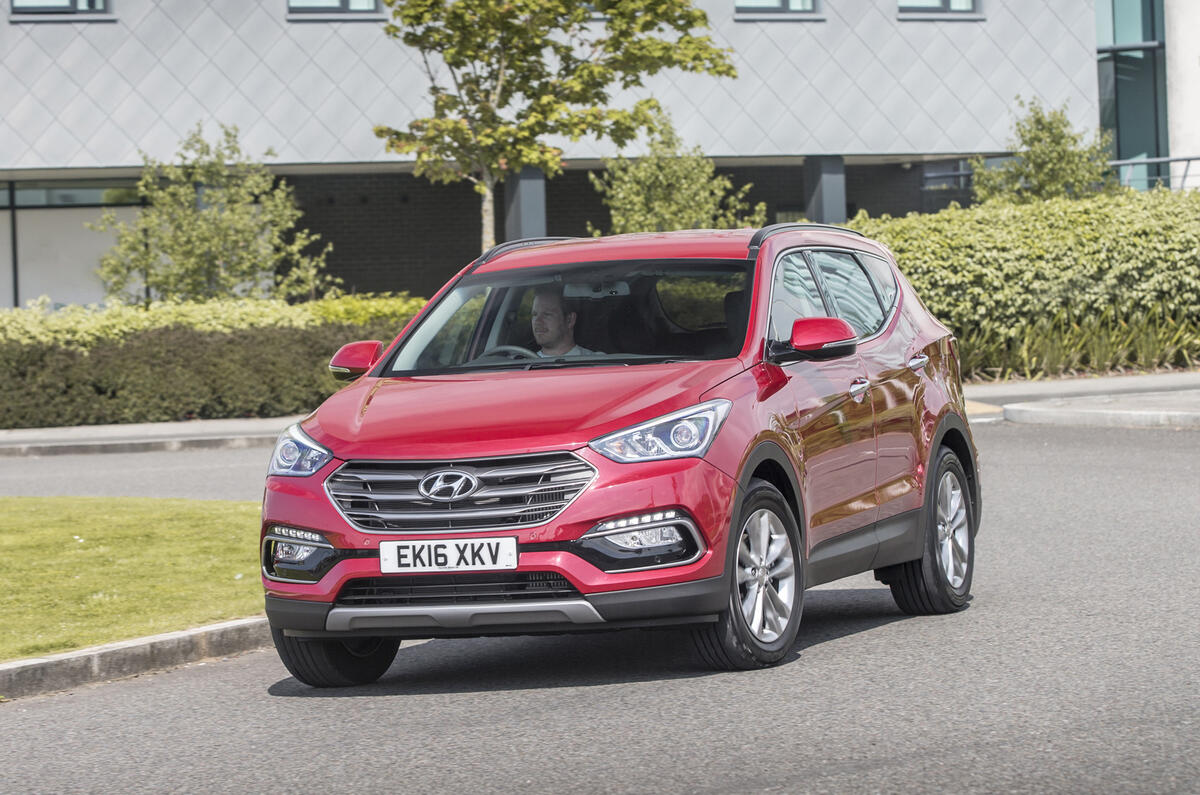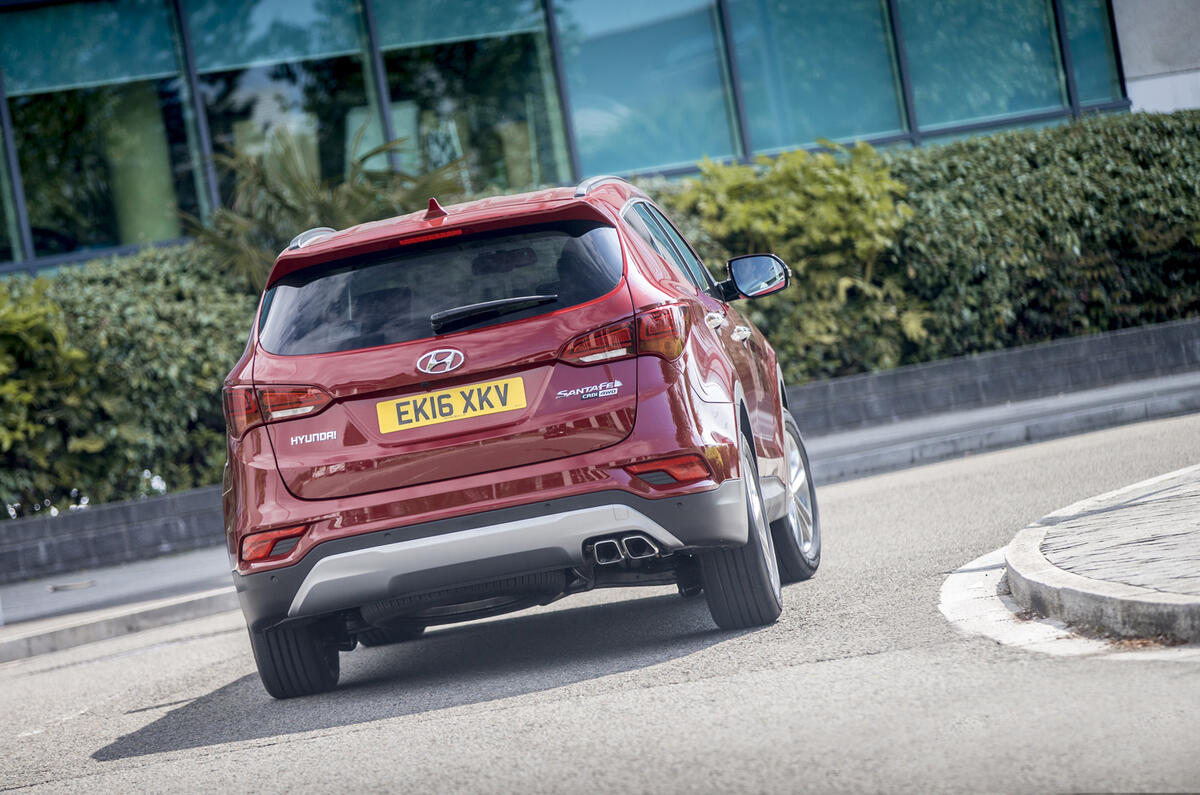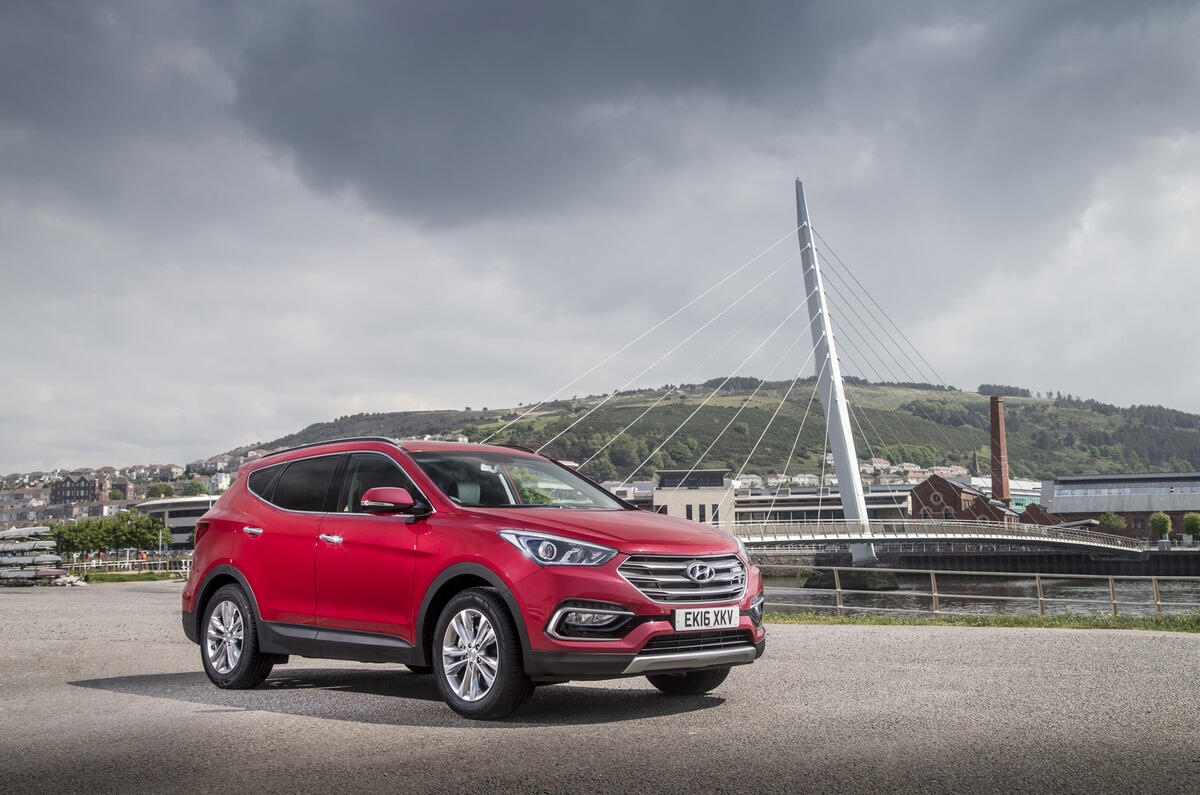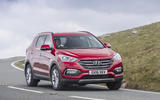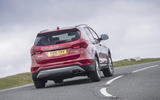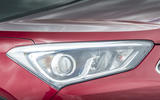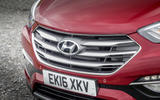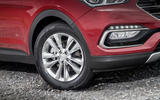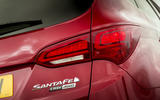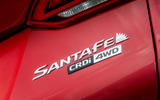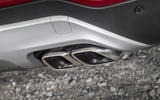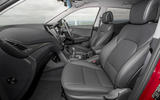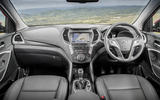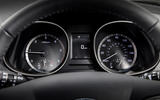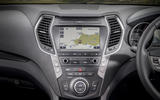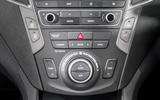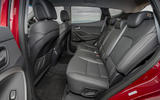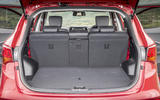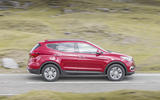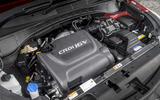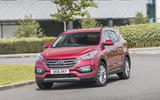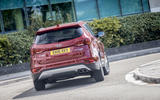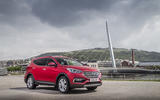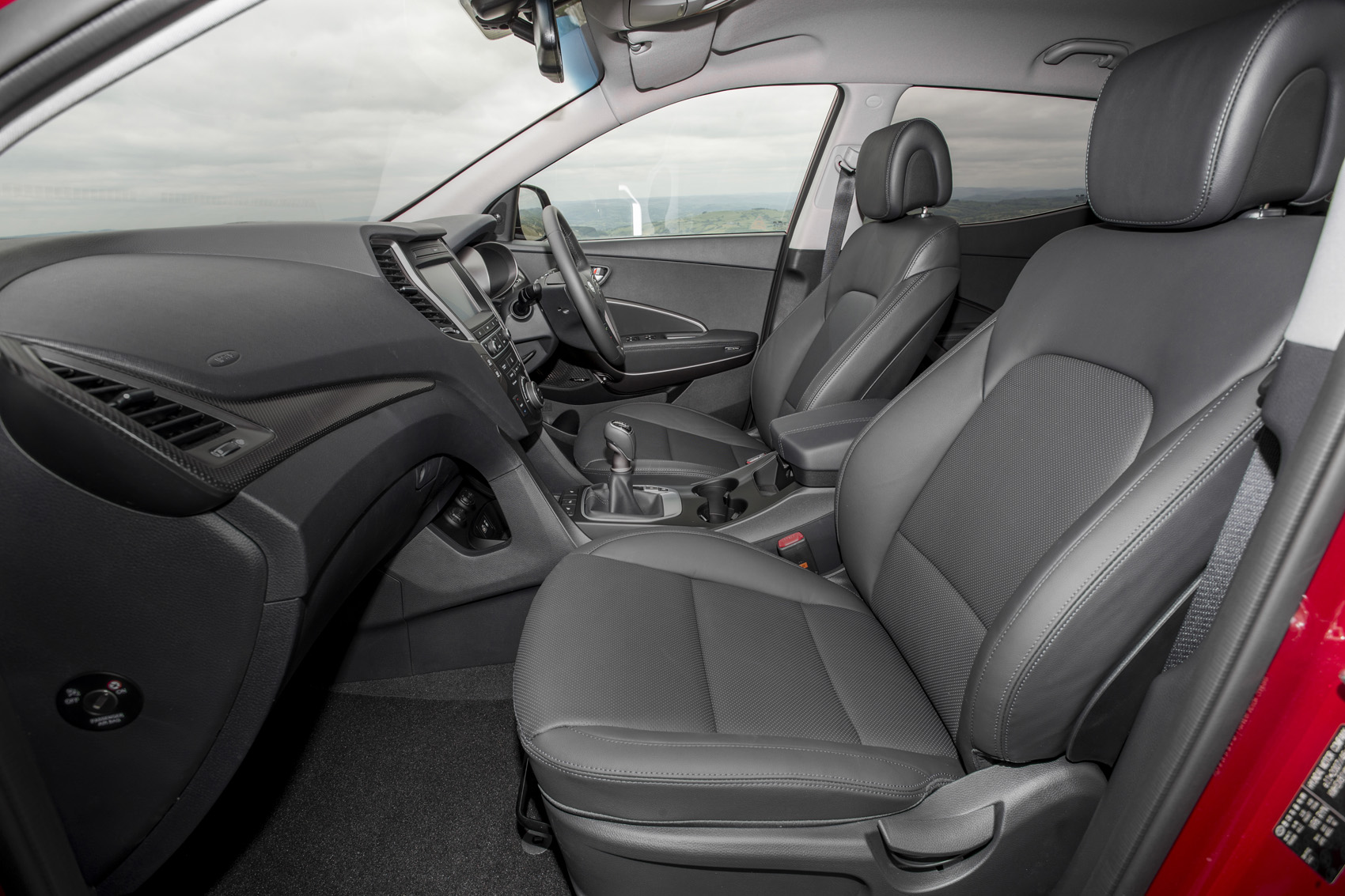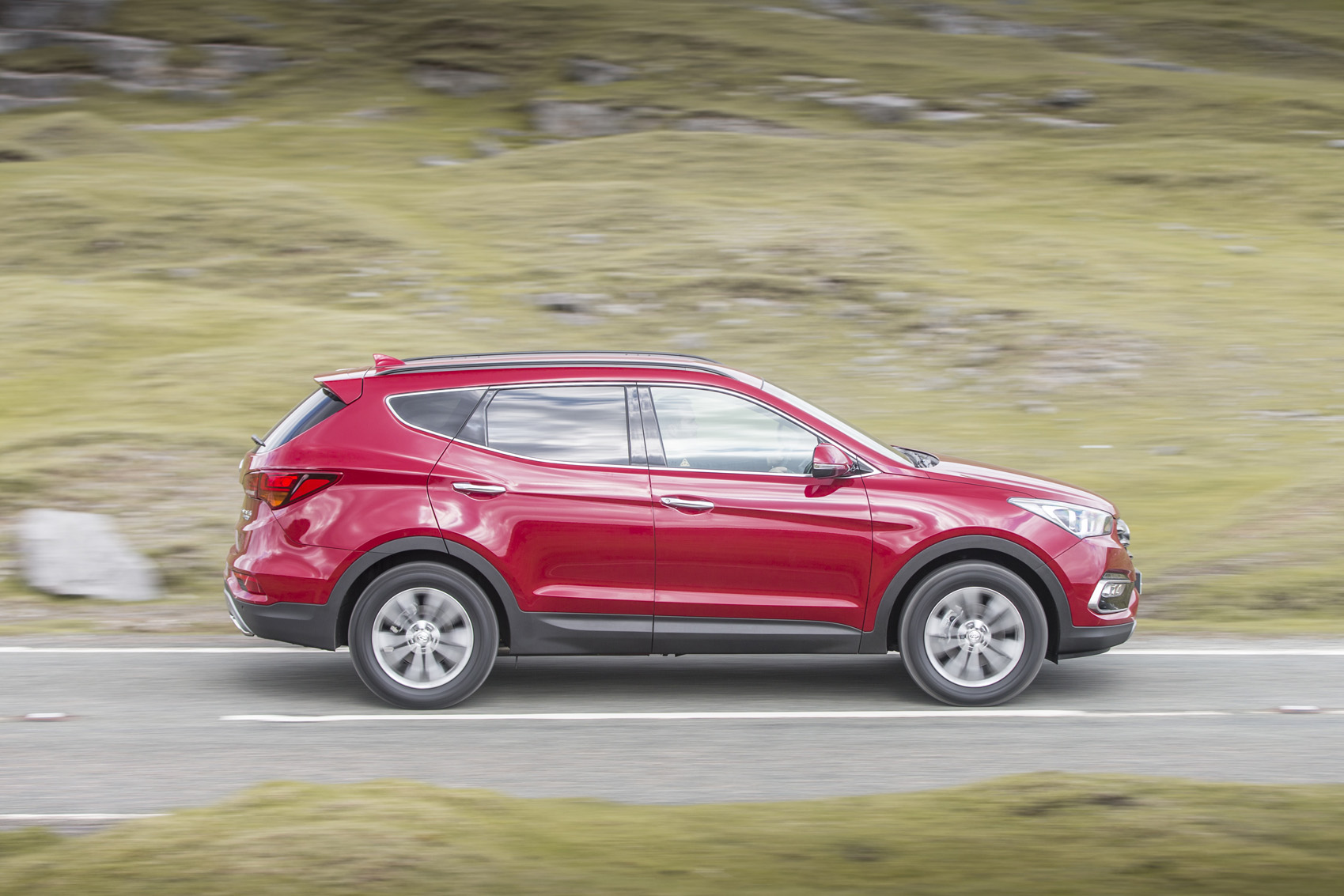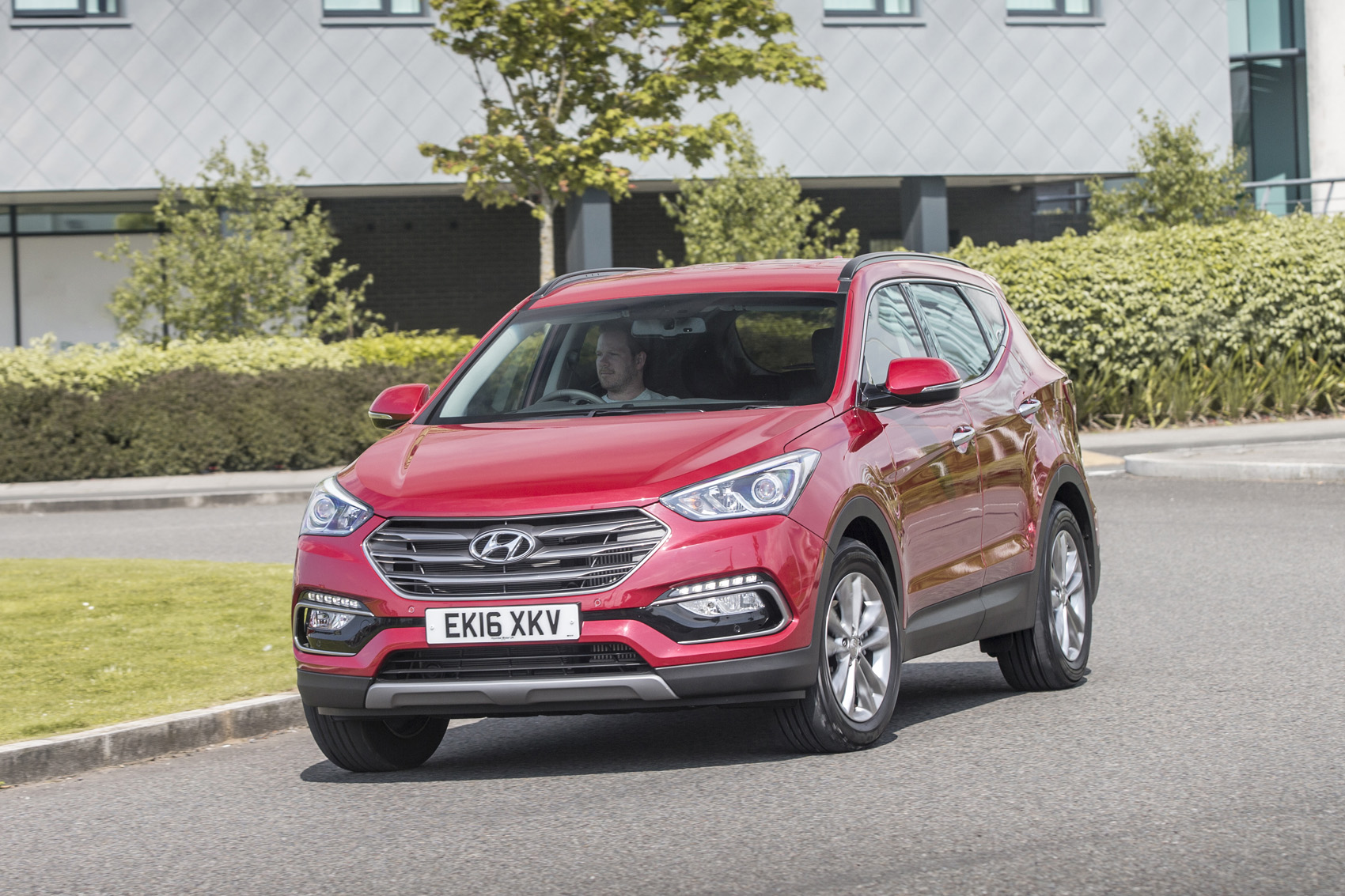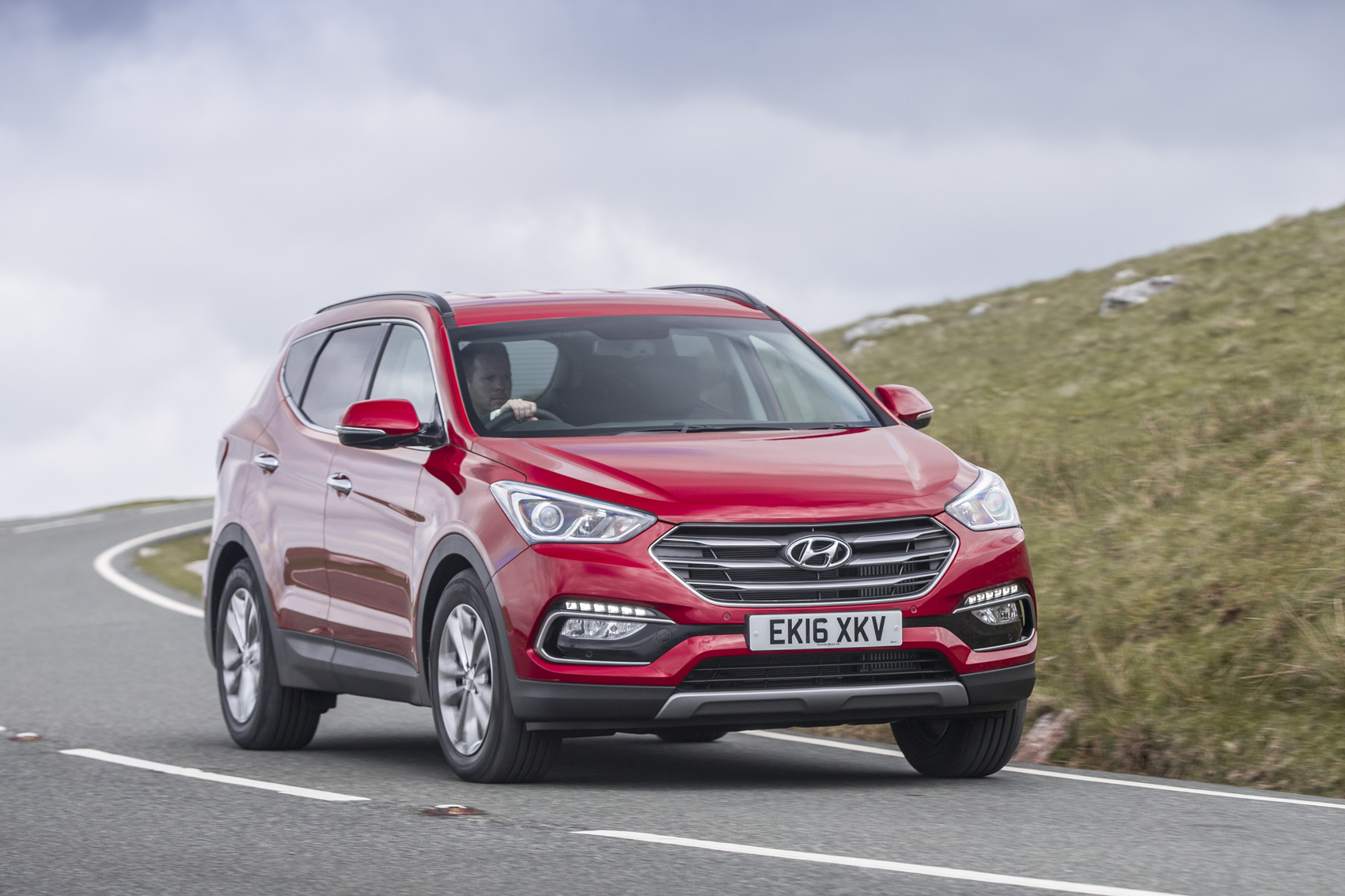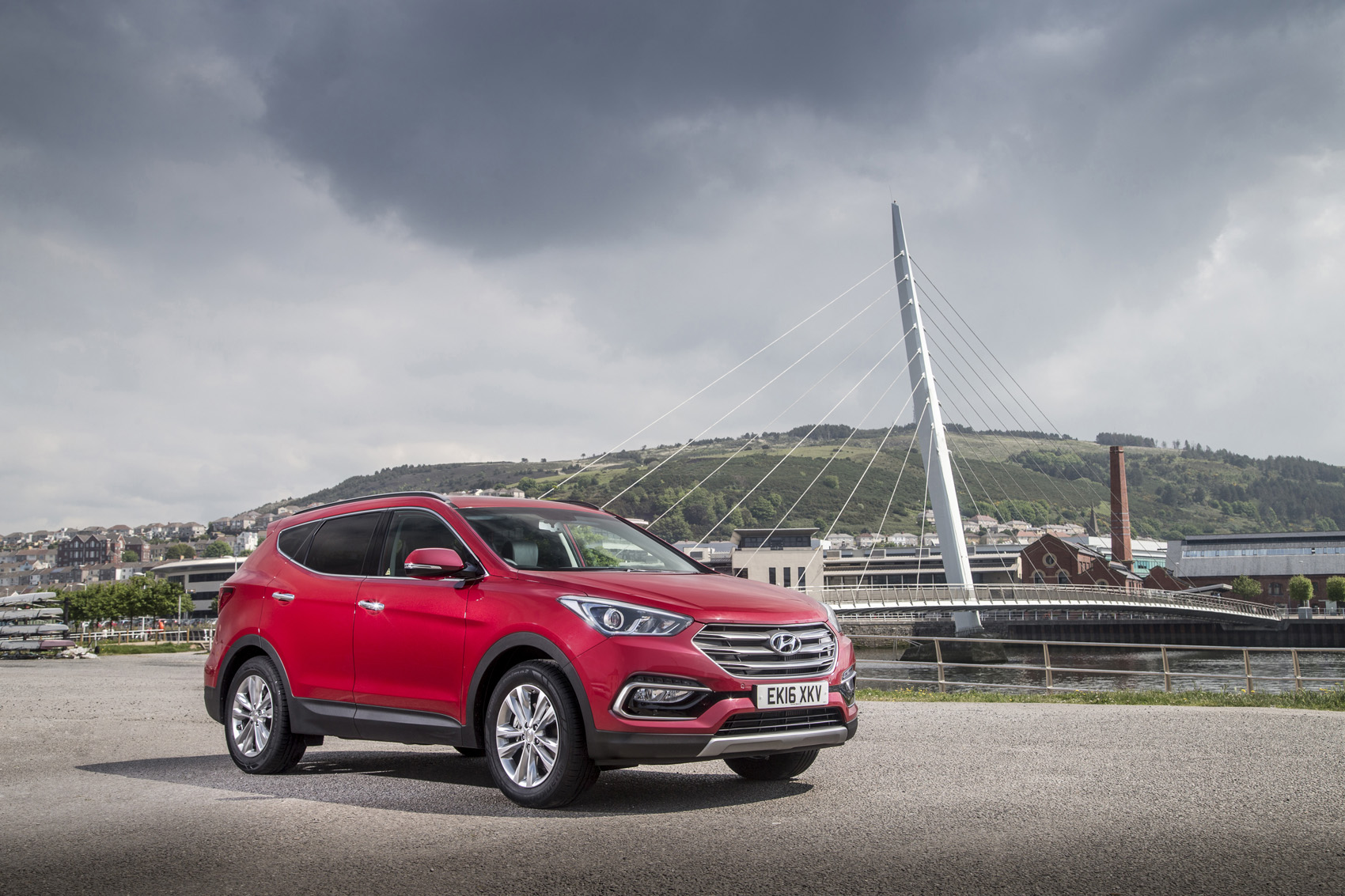The previous generation of the Hyundai Santa Fe was as easy to like as it was to live with. It wasn’t the most glamorous of Far Eastern SUVs – far from it, in fact. But therein lay some of the appeal. The Hyundai was big, it towed well, it could seat seven, it came with a long warranty and it was well priced.
Little wonder, then, that the UK – which likes that sort of thing – accounted for a third of all European Hyundai Santa Fe sales.
The Autocar road test team even ran one for a while, drawing the conclusion that, if we were in the market for a car like this, the Santa Fe would come very close to the top of our shortlist.
Little wonder, too, that Hyundai has taken the UK market very seriously with its replacement. Because although the Santa Fe is a global car that’s selling – and selling well – in Hyundai’s major markets, the UK version has received its own, unique chassis tune to match these islands’ uniquely appalling roads.
As before, the Santa Fe is available in five and seven-seat configurations. However, it is fitted with just one engine is offered – a 2.2-litre turbodiesel developing 194bhp, in on-demand four-wheel drive configuration only – with either a manual or automatic gearbox, both with six-speeds.
The range is split across two core trim levels, with the five-seat model reserved just for the entry-level trim.




